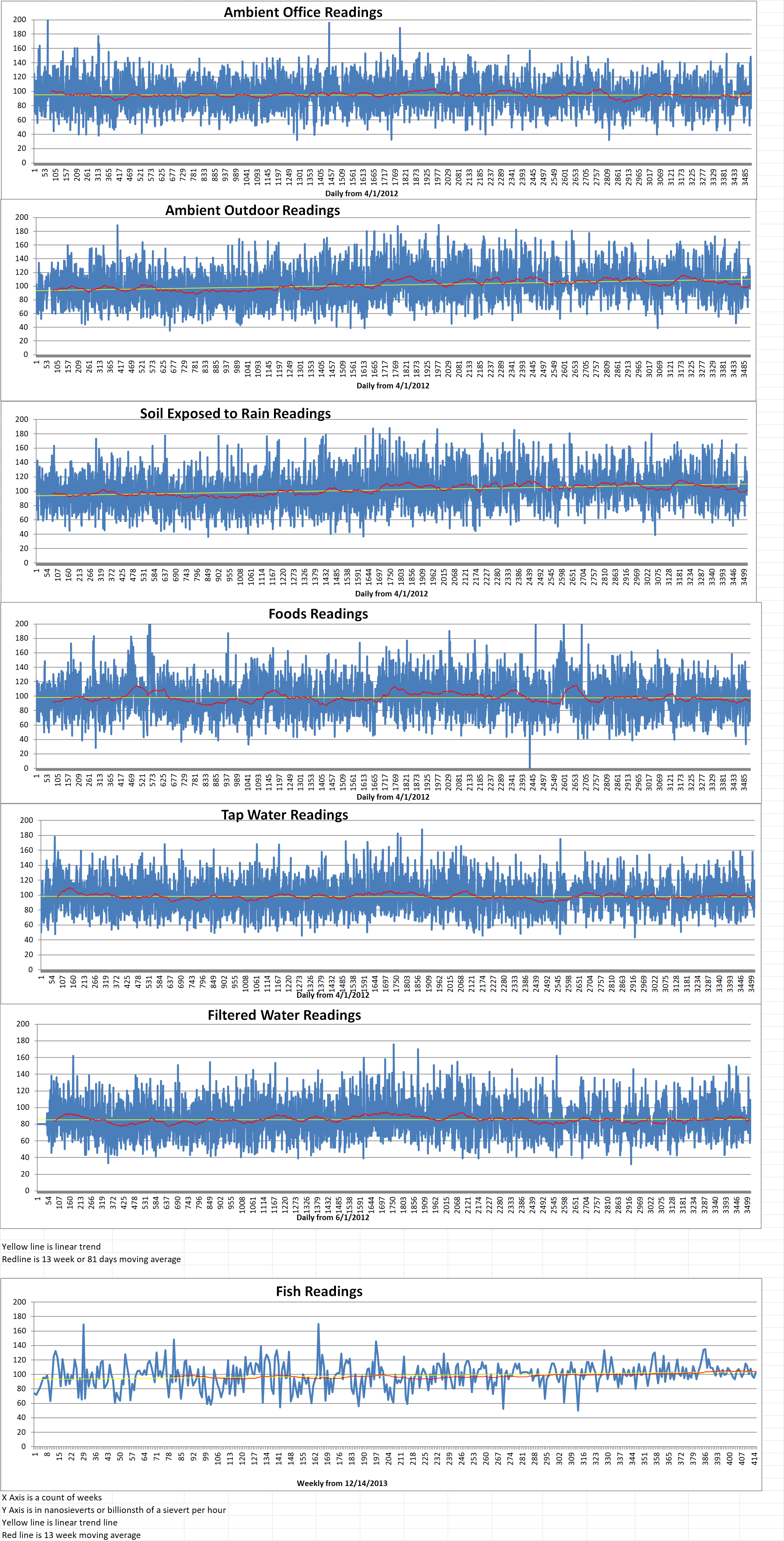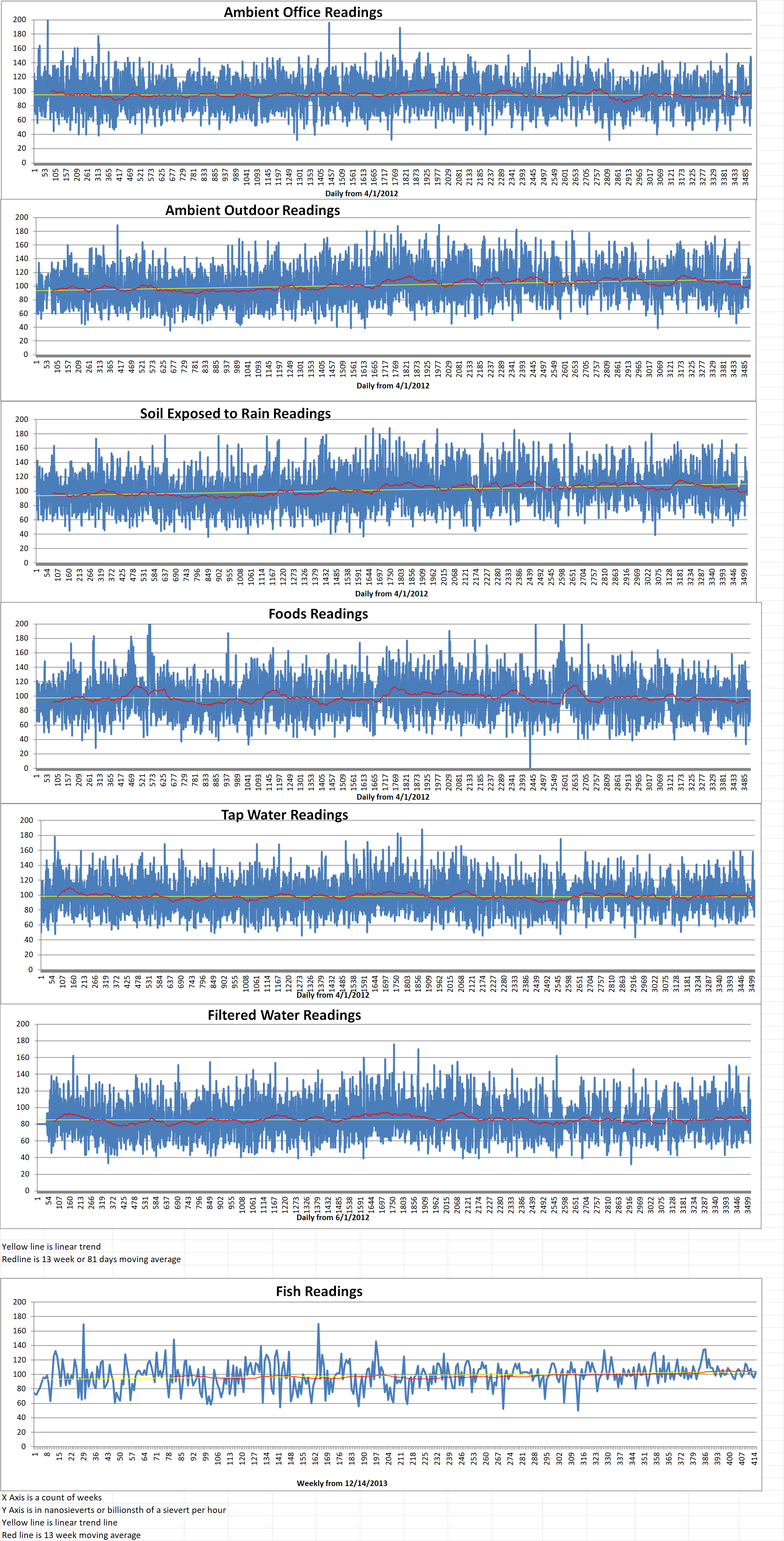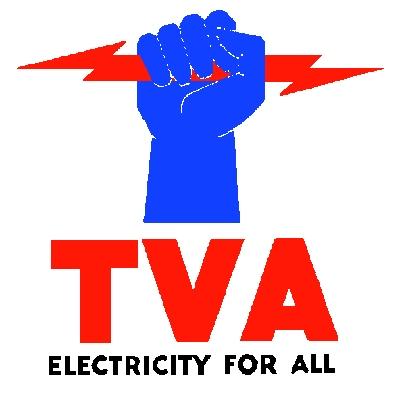Two new North American initiatives dedicated to accelerating the deployment of technologies for fusion power generation have been announced. In Canada, Bruce Power, General Fusion, and the Nuclear Innovation Institute (NII) will collaborate to evaluate potential deployment of a fusion power plant in Ontario. In the U.S., scientists at the Princeton Plasma Physics Laboratory (PPPL) are teaming up with Renaissance Fusion America (RFA). They are participating in a U.S. program to speed the development of nuclear fusion energy.
Yesterday, Bruce Power, General Fusion and the NII announced that they have entered into a Memorandum of Understanding (MOU) to collaborate on accelerating the delivery of clear fusion power in Canada. The collaborators said that they will build on existing clear energy technologies, skills, and expertise in the Clear Energy Frontier region of Ontario to develop a “go forward”. They will also lead stakeholders and public outreach activities to raise awareness of the “transformative potential” of fusion energy for powering Canadian homes, businesses, and industry.
General Fusion is a private company which intends to build a commercial fusion power plant based on Magnetized Target Fusion (MFT) technology which involves injecting hydrogen plasma into a liquid metal sphere, where it is compressed and heated to produce nuclear fusion. A Fusion Demonstration Plant at the Culham Campus near Oxford in the UK is scheduled to go into operation by 2025. The company says that it intends to bring clean fusion energy to the world’s energy systems by the early 2030s.
Christofer Mowry is the CEO of General Fusion. He describes the MOU as a “landmark”. It provides a framework under which Canada’s energy leaders can benefit from each other’s technology innovations and expertise to lead the way in adopting fusion power in Ontario and across Canada. He said, “We look forward to advancing this partnership to help meet Canada’s climate targets and the increasing electricity needs of Canadians.”
Encouraging innovation in new energy technologies including fusion is one of the five pillars in Bruce Power’s NZ-2050 strategy to contribute to a net zero Canada while growing the economy and supporting innovation. The MOU is said to represent one way in which the company is looking to advance new clear energy technologies.
Mike Rencheck is the President and CEO of Bruce Power. He said, “In order to achieve a net-zero future here in Ontario, and Canada, we need to continue expanding the clean electricity production of our existing facilities and will need innovation as part of the future. Our partnership will explore these innovations and leverage the established capability in this region as a home to new technologies that will contribute to a carbon-free future.”
Renaissance Fusion is based in Grenoble, France. They intend to generate fusion energy from stellarator-based devices in the next thirteen years. A new public-private partnership between the company’s U.S. affiliate RFA and three scientists at the PPPL aims to further stimulate the development of the technology by generating an open-source dataset of stellarator configurations that scientists around the globe can utilize to train their own models and advance artificial intelligence research in stellarators.
Stellarators are devices for the magnetic confinement of fusion plasmas. Unlike the popular tokamaks in many laboratories, the stellarators have no toroidal plasma current. This means that they offer increased plasma stability compared to tokamaks. Because stellarators can more easily control and monitor the burning plasma, stellarators have an intrinsic potential for steady-state continuous operation. This makes stellarators potentially easier to operate than tokamaks. However, their greater complexity makes them more difficult and expensive to design and build than tokamaks.
Developing machine-learning software to speed up predictions of the loss of alpha particles from fusion reactions should allow designers to quickly enhance the shape of stellarator magnetic fields to improve particle confinement.
The year-long collaboration is sponsored by the U.S. Department of Energy’s (DoE) Innovation Network for Fusion Energy (INFUSE) program which was launched in 2015 to accelerate fusion energy development involving the expertise and unique resources available at DoE laboratories and universities.
Blog
-

Nuclear Fusion 163 – Two New Initiatives Promoting Nuclear Fusion Power Announced in Canada and the U.S.
-
Nuclear News Roundup Feb 14, 2022
Manufacturing starts on largest ever marine reactor world-nuclear-news.org
NuScale, KGHM agree to deploy SMRs in Poland world-nuclear-new.org
Former Navy nuclear engineer from Annapolis pleads guilty to espionage nny360.com
Nuclear techniques confirm crocodile was dinosaur eater world-nuclear-news.org
-

Geiger Readings for Feb 14, 2022
Ambient office = 119 nanosieverts per hour
Ambient outside = 114 nanosieverts per hour
Soil exposed to rain water = 116 nanosieverts per hour
Romaine lettuce from Central Market = 83 nanosieverts per hour
Tap water = 67 nanosieverts per hour
Filter water = 53 nanosieverts per hour
-
Nuclear News Roundup Feb 13, 2022
Navy nuclear engineer accused of espionage has scheduled plea hearing navytimes.com
Poll: Pueblo voters prefer wind and solar to nuclear koaa.com
Iran nuclear deal talks stall as Tehran urges US to accept term theguardian.com
Automation adjustments delay OL3 grid connection world-nuclear-news.org
-

Geiger Readings for Feb 13, 2022
Ambient office = 116 nanosieverts per hour
Ambient outside = 121 nanosieverts per hour
Soil exposed to rain water = 123 nanosieverts per hour
Red bell pepper from Central Market = 76 nanosieverts per hour
Tap water = 82 nanosieverts per hour
Filter water = 61 nanosieverts per hour
-
Nuclear News Roundup Feb 12, 2022
After Pakistan, China to build nuclear power plant in Argentina wionews.com
‘Not a dumping ground’: Pacific condemns Fukushima water plan Aljazeera.com
Macron commits to at least six new EPRs by 2050 neimagazine.com
Capito supports nuclear energy opportunities for state bdtonline.com
-

Geiger Readings for Feb 12, 2022
Ambient office = 77 nanosieverts per hour
Ambient outside = 107 nanosieverts per hour
Soil exposed to rain water = 109 nanosieverts per hour
Mini Bella mushroom from Central Market =108 nanosieverts per hour
Tap water = 86 nanosieverts per hour
Filter water = 65 nanosieverts per hour
Dover sole = 103 nanosieverts per hour
-

Nuclear Reactors 1002 – Can Nuclear Fission Power Generation Compete with Natural Gas Power Generation – Part 5 of 5 Parts
Part 5 of 5 Parts (Please read Parts 1, 2, 3 and 4 first)
Ultimately, the trajectory of nuclear power in the U.S. will affect how wind, solar, batteries and fossil fuels are used in the coming decades. Liz Coyle of Georgia Watch has pointed out that while the cost of the Vogtle project has doubled during the seven-year delay, the price, the price of renewable energy, including storage, has dropped. Going forward, she has argued that Georgia Power should compare the cost of planned generation with not only combined-cycle natura gas but also with renewable options such as utility-scale solar and long-term agreements to purchase wind power. Coyle said, “This argument that, ‘Well, it’s reliable, it’s low-cost, it’s carbon-free,’ then why are we still comparing it to combined-cycle natural gas? There are now significantly more cost-effective renewable energy options than any of us anticipated back in the day when Vogtle 3 and 4 were certified.”
Southern remains a unwavering proponent of nuclear power. The company announced plans last November to construct a small, experimental reactor in Idaho using technology from TerraPower. The TerraPower Natrium demonstration plant is being partially financed by a DoE private-public partnership that is a fifty-fifty cost share for up to four billion dollars. The project is utilizing high-assay low-enriched uranium (HALEU). Developers argue that this will allow smaller reactor designs to have longer operating cycles and increase efficiency. TerraPower said, “The demonstration project will validate our construction approach, establish our supply chain, build our fuel fabrication facility, and help encourage domestic HALEU enrichment capabilities. This will significantly reduce future costs for additional projects.”
The Tennessee Valley Authority (TVA) gets more than forty percent of its electricity from nuclear power. They want to build an SMR at the Clinch River site near Oak Ridge, Tennessee.
The DoE is also partnering with California-based Kairos Power LLC to giver design expertise as well as guidance in securing a federal license for a fifteen megawatt demonstration salt-cooled high-temperatures reactor.
Jeff Lyash is the CEO of the TVA. He has been outspoken about wanting the federal government’s assistance in TVA’s potential SMR project. This is a cluster of smaller reactors that would be more easily dispatchable and incorporated in a modernized grid that support distributed generation as well as other next-generation reactors. Lyash said, “Because if we don’t have that line of sight, we need to go in another direction, because we need to go 10 years out.” He made this comment in June of 2021 with respect to the long-term planning, licensing and construction process needed for nuclear projects.
The Energy Act of 2020 authorized two advanced reactor demonstration projects as well as allocating funds for nuclear fusion research. The new infrastructure law funds a series of clear energy demonstration projects such as advanced nuclear and puts money aside for a DoE credit program meant to be a lifeline for struggling reactors. A bipartisan bill in the House would waive Nuclear Regulatory Commissions licensing fees for advanced nuclear fission power reactors. -
Nuclear News Roundup Feb 11, 2022
Preparations begin for demolition of prototype reactor world-nuclear-news.org
Faith groups send letter on nuclear dangers brethren.org
Welding ‘milestone’ for Tianwan 7 world-nuclear-news.org
Nuclear India: For Clean Electricity, Government Plans to Double Down on Atomic Energy in 2022 weather.com
-

Geiger Readings for Feb 11, 2022
Ambient office = 105 nanosieverts per hour
Ambient outside = 101 nanosieverts per hour
Soil exposed to rain water = 104 nanosieverts per hour
Crimini mushroom from Central Market = 66 nanosieverts per hour
Tap water = 101 nanosieverts per hour
Filter water = 67 nanosieverts per hour
